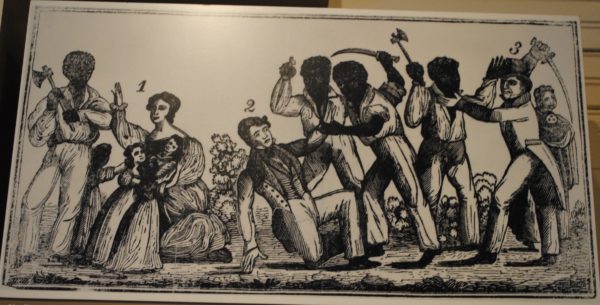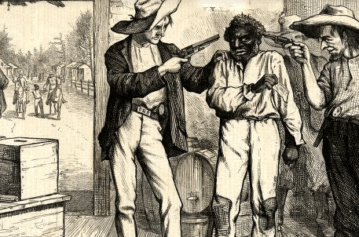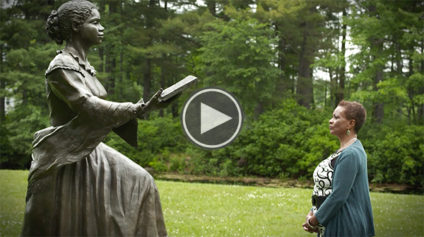While the enslavement of African people was undoubtedly one of the central features of the Southern economy for nearly two centuries, it shouldn’t be forgotten that slavery thrived in all of the original colonies. Enslaved people were auctioned openly in the Market House of Philadelphia, in the shadow of Congregational churches in Rhode Island, in Boston taverns and warehouses and weekly, sometimes daily, in Merchant’s Coffee House of New York. At some point in their lives, such American “heroes” as John Hancock, Benjamin Franklin, Abraham Lincoln (when he was a child his family enslaved people) and William Henry Seward — Lincoln’s anti-slavery secretary of state during the Civil War — owned Black people. These are some of the features of slavery in the North you probably didn’t know.
The Enslaved Population Had Northern Whites Frightened That They Were on the Verge of Insurrection
When the minutemen marched off to face the redcoats in Lexington, Massachusetts, in 1775, the wives, boys and old men they left behind in Framingham took up axes, clubs and pitchforks and barred themselves in their homes because of a widespread, and widely credited, rumor that the local enslaved population planned to rise up and massacre the white inhabitants while the militia was away.
Slavery Could Be Just as Brutal in the North
Practices such as the breeding of enslaved people like animals for market or the crime of enslaved mothers killing their infants testify that slavery’s brutalizing force was at work in New England.




